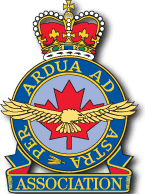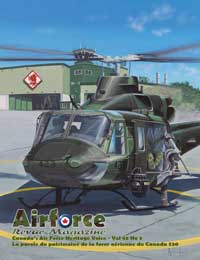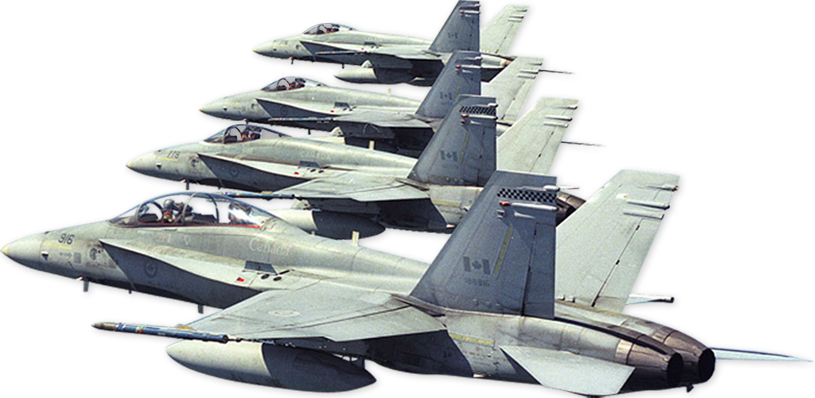AFAC POSITION PAPER 01/2009
Issue: Air Force Support in Afghanistan
Background
- Canada’s commitment to the NATO military mission in Kandahar is expected to end in 2011. It is unclear whether this means an end to all Canadian military presence in Afghanistan. What is clear is that the army, which has deployed the majority of personnel to the theatre, is experiencing continued difficulty in generating the forces to send to the region. Multiple tours are common, reserve personnel are heavily engaged and attrition levels present a continuing challenge.
- The air force has contributed to the Afghanistan mission since the beginning. Camp Mirage, the Middle East support base, is manned predominantly by air force personnel and has been an essential airhead for theatre operational support, for both tactical airlift using C130 Hercules aircraft, and strategic airlift with the Airbus A310 and now the C17. During the earlier days of the campaign, it also hosted deployments of the Aurora maritime patrol aircraft in support of operations in the Gulf. Deployments of ships to the region have included Sea King helicopters in support of naval task force missions.
- In Afghanistan itself, the air force has provided Hercules transport and air drop capabilities. Air force personnel have been predominant in operations and support of the uninhabited aerial vehicle (UAV) fleet, which has provided invaluable surveillance and intelligence information. Many of the support personnel at the Kandahar base are drawn from air force resources, given the continuing high demand placed on their army counterparts. Recently, the size of the air force contingent has grown dramatically with the commencement of Chinook helicopter operations and the deployment of Griffon tactical aviation assets in support. Importantly, air operations are now conducted by an air wing in theatre, commanded by a senior air force officer, something not seen for some time.
- While the burden of the Afghanistan mission has fallen primarily on the army and has taken a predictable toll, the air force has seen a significant period of modernization over this period, with government support. In addition to the acquisition of C17, Chinook and UAV assets, the tactical airlift fleet will soon be replaced by the C130J. Further, the CF-18 fleet has recently been modernized, precision guided munitions procured and crews trained. Many new air force assets are or are about to be combat ready.
AFAC Position
- While the nature of the Canadian contribution to Afghanistan post-2011 is yet to be determined, it is likely that there will be continuing pressure to provide military capabilities to support re-construction and re-building efforts. In order to relieve the pressure on the army, and to provide some alternatives to on-the-ground involvement in combat operations in southern Afghanistan, air force resources could be effectively employed. Some of the options available are as follows:
- Continuation of tactical and strategic airlift operations, in support of ISAF forces.
- Extension of the employment of Chinook and Griffon helicopters in support of land operations.
- Continuation of UAV operations with leased or purchased air vehicles.
- Deployment of a manned surveillance capability, that is the Aurora maritime patrol aircraft which, with modernization, has surveillance capabilities over land as well as over water.
- Deployment of CF18 fighters in support of ground operations and/or in the direct employment of air power on interdiction missions.
- Consideration of ‘enabling’ capabilities such as communications networks, logistics support, engineering support to facilities and airfields, and ground-based radar surveillance.
- Capabilities could continue to be fielded within the structure of an air wing for proper command and control.
- Overall, the range of air force capabilities presents a number of options for the Government to consider, if the decision is made to continue with a military presence in Afghanistan post-2011. In making a decision to continue with a contribution, it will be important for the Government to ensure that adequate resources are provided to ensure successful deployment. The air force, like the army and navy, has been under considerable financial pressure, and should be properly funded for expeditionary operations.
Messages
- There exist within the air force many capabilities, including several new and recently modernized assets, which can be effectively employed in operations abroad.
- Should the Government wish to continue to make a military contribution in Afghanistan post-2011, the capabilities of the air force present a number of options for consideration.
- There is a need to ensure that these important capabilities are kept viable and deployed effectively through provision of the necessary funding and personnel resources.








